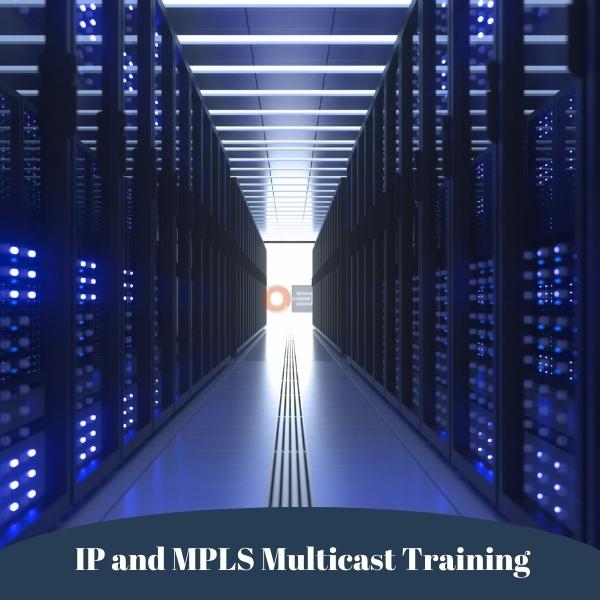Understanding Multicast RPF: A Comprehensive Guide
September 7, 2024
12 min read
Aarini Patil
Related Courses
Enhance your knowledge with these recommended courses
Become an Instructor
Share your knowledge and expertise. Join our community of instructors and help others learn.
Apply Now
About the Author
Aarini Patil
Hi this is Aarini. I'm a network expert who works 12 years as a Network Security manager. I'm going to teach everything you need to know with my blogs.
Share this Article
Subscribe for Exclusive Deals & Promotions
Stay informed about special discounts, limited-time offers, and promotional campaigns. Be the first to know when we launch new deals!
